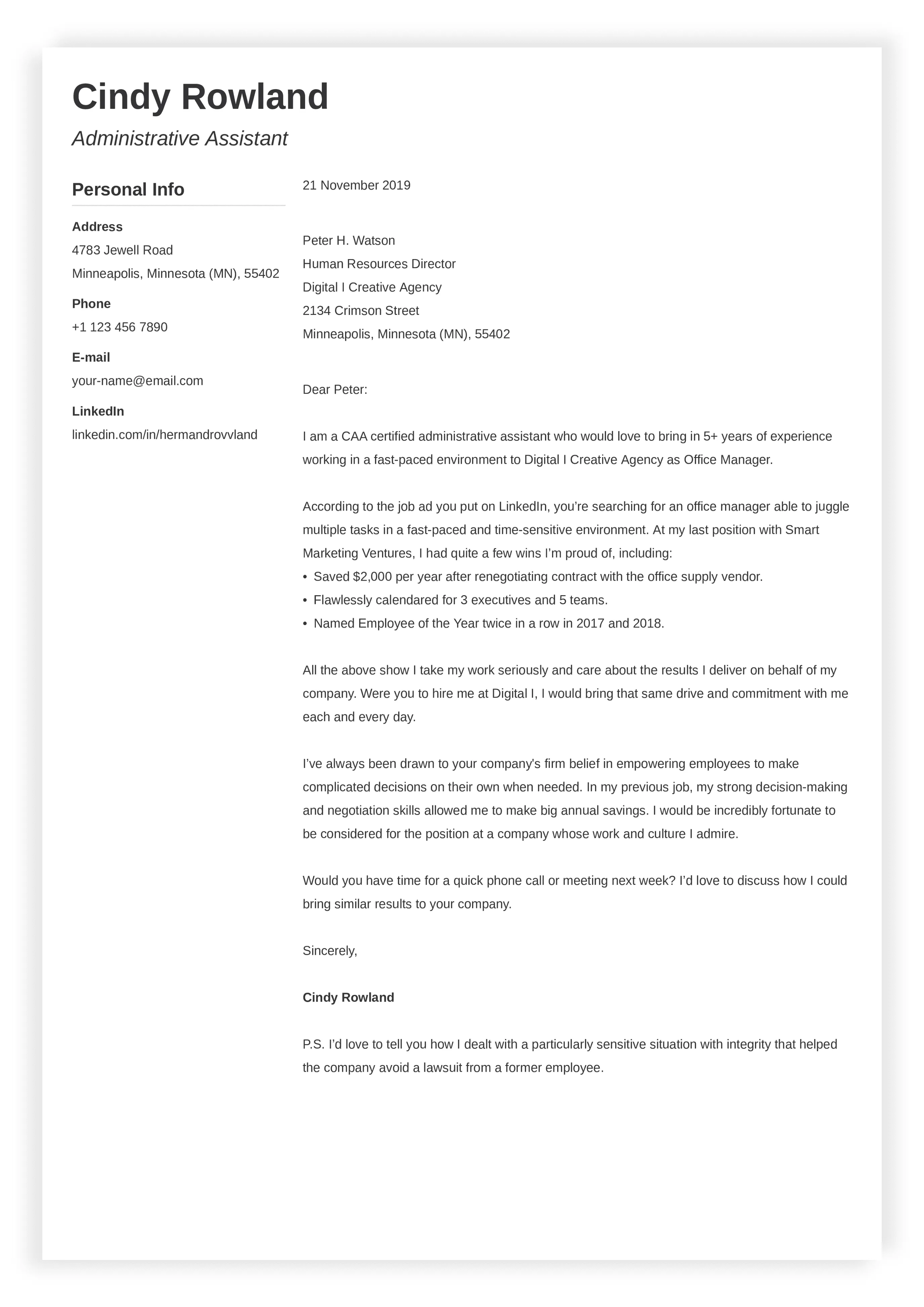Cover Letter Fundamentals
A cover letter is more than just a formality; it’s your first chance to make a strong impression on a potential employer. It serves as a personal introduction, a showcase of your skills, and a way to express your genuine interest in the position and the company. Mastering the art of writing a compelling cover letter can significantly increase your chances of landing an interview and ultimately, getting hired. It’s an opportunity to tell your story, connect with the hiring manager on a personal level, and demonstrate how your unique qualifications align with the job requirements. Remember, a well-crafted cover letter is not a repetition of your resume; it’s an expansion, providing context and highlighting the aspects of your experience most relevant to the specific role. Failing to recognize the importance of a cover letter is a missed opportunity to stand out from the crowd and make a lasting impression.
Understanding the Purpose of a Cover Letter
The primary purpose of a cover letter is to introduce you to a prospective employer and provide context for your resume. It allows you to elaborate on your skills, experience, and accomplishments in a way that a resume alone cannot. The cover letter is your chance to tell your story, explaining why you are the ideal candidate for the job and what you can bring to the company. This is an opportunity to connect with the hiring manager on a personal level, demonstrating your enthusiasm and genuine interest in the position. A cover letter also gives you the chance to demonstrate your writing skills and attention to detail, both of which are crucial in most professional settings. By clearly articulating your career goals and how they align with the company’s needs, you set the stage for a successful application and increase your chances of getting an interview.
Why Cover Letters Matter in the Job Application Process
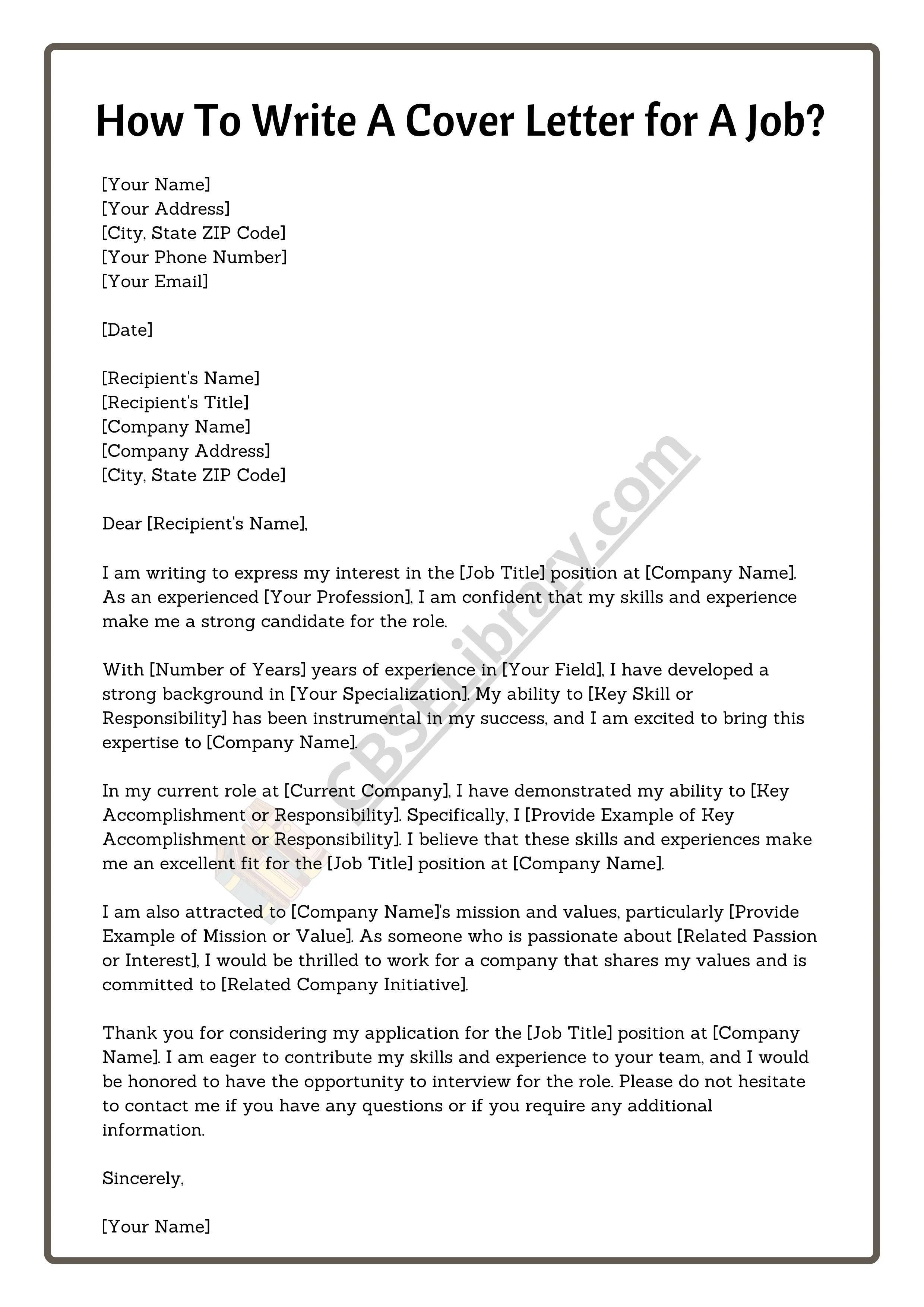
In a competitive job market, a cover letter can be the deciding factor in whether your application gets noticed. It allows you to personalize your application and demonstrate a genuine interest in the specific role and company. It also offers an opportunity to address any potential gaps in your resume or explain career transitions. Many hiring managers use cover letters to assess a candidate’s communication skills, attention to detail, and ability to tailor their message to a specific audience. In some cases, a cover letter is mandatory, and failing to provide one can automatically disqualify you from consideration. Even when a cover letter is optional, submitting a well-crafted one can give you a significant advantage over candidates who don’t. The cover letter provides a space to highlight relevant experience and skills, as well as demonstrate your personality and enthusiasm for the opportunity.
Key Elements of a Successful Cover Letter
A successful cover letter includes a compelling opening, a concise body that highlights relevant skills and experiences, and a strong closing that reiterates your interest and calls for action. The opening should immediately grab the reader’s attention and clearly state the position you are applying for. The body paragraphs should provide specific examples of your achievements and explain how your skills align with the job requirements. It’s important to tailor your letter to each specific job application, highlighting the most relevant aspects of your experience. Use action verbs and quantify your accomplishments whenever possible. The closing should thank the reader for their time and consideration, and reiterate your enthusiasm for the opportunity. Proofread your cover letter carefully for any grammatical errors or typos, and ensure the formatting is professional and easy to read. Finally, include your contact information for easy reach.
Crafting a Compelling Cover Letter Opening
The opening of your cover letter is crucial because it’s your first chance to make a positive impression on the hiring manager. It should be concise, engaging, and clearly state the position you’re applying for. A strong opening immediately captures the reader’s attention and encourages them to continue reading. It sets the tone for the rest of your letter and showcases your writing skills and attention to detail. Many hiring managers quickly scan cover letters, so a weak or generic opening can lead to your application being overlooked. Think of your opening as an elevator pitch; it should quickly convey why you’re interested in the role and what makes you a strong candidate. Start with a hook, a statement that demonstrates your understanding of the company and the role and creates an immediate interest.
The Importance of a Strong Opening
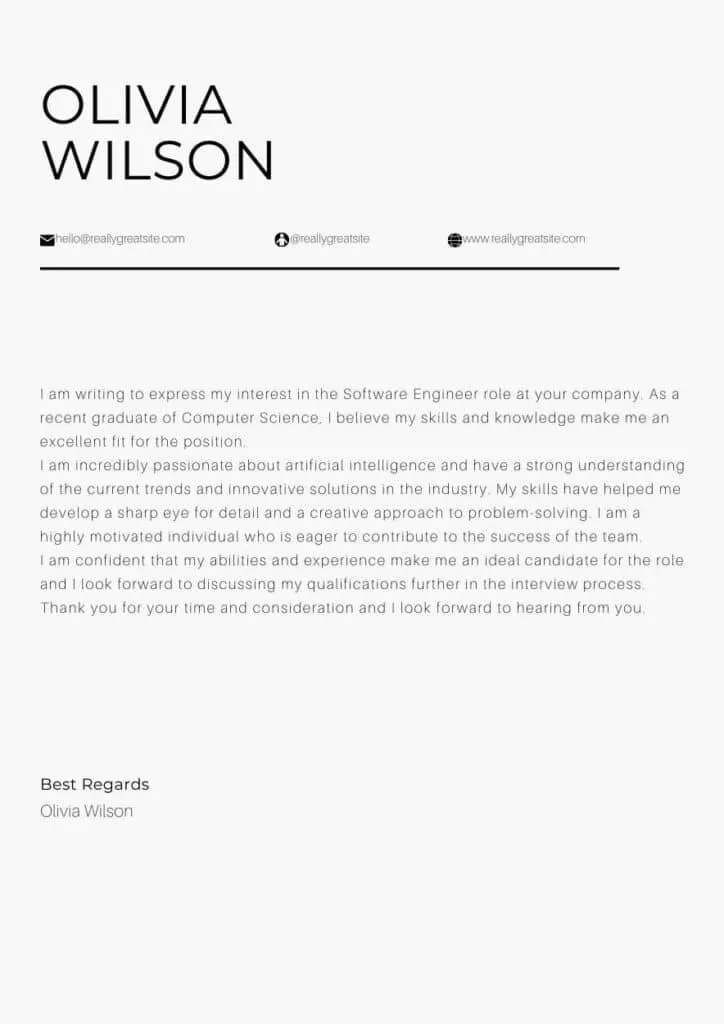
A strong opening is the foundation of a successful cover letter. It’s what grabs the reader’s attention and compels them to learn more about you. A well-crafted opening sets the tone for the entire letter and demonstrates your professionalism and writing skills. Without a strong opening, your cover letter may not even get past the first sentence. A generic or uninspired opening can immediately turn off a hiring manager, leading them to dismiss your application. A strong opening is not just about making a good first impression; it’s about establishing a connection with the reader and making them want to know more about your qualifications. It should be tailored to the specific job and company and demonstrate your understanding of their needs and goals. By taking the time to craft a compelling opening, you increase your chances of getting your application read, leading to an interview.
Common Mistakes to Avoid in Your Opening
Avoid common mistakes that can undermine your cover letter opening. One of the most frequent errors is starting with a generic phrase such as “I am writing to apply for the position of…” This is a bland and unoriginal approach that fails to capture the reader’s attention. Avoid simply restating information from your resume, as this is a waste of the valuable space in your cover letter. Another common mistake is failing to tailor your opening to the specific job and company. Using a generic opening that could apply to any position demonstrates a lack of interest and research. Refrain from using overly formal or complex language that can make your letter difficult to read. Always proofread your opening carefully for any grammatical errors or typos, as these can detract from your professionalism and credibility. Also, avoid excessive self-praise or making unsubstantiated claims about your abilities; instead, focus on demonstrating your value through concrete examples.
Effective Opening Strategies
Several effective opening strategies can capture a hiring manager’s attention. One approach is to start with a brief, engaging anecdote that demonstrates your relevant skills or experience. Another is to mention a specific achievement or accomplishment that directly relates to the job requirements. Highlighting your passion for the company or industry can also be effective. Directly addressing the hiring manager by name, if you know it, can add a personal touch and show that you’ve taken the time to research the company. Start with a compelling statistic or fact that is relevant to the job or the company’s mission. You can also express enthusiasm for the opportunity and briefly explain why you are interested in the position. Use these strategies to tailor your opening to each specific job application and demonstrate your unique value proposition.
Directly Addressing the Hiring Manager
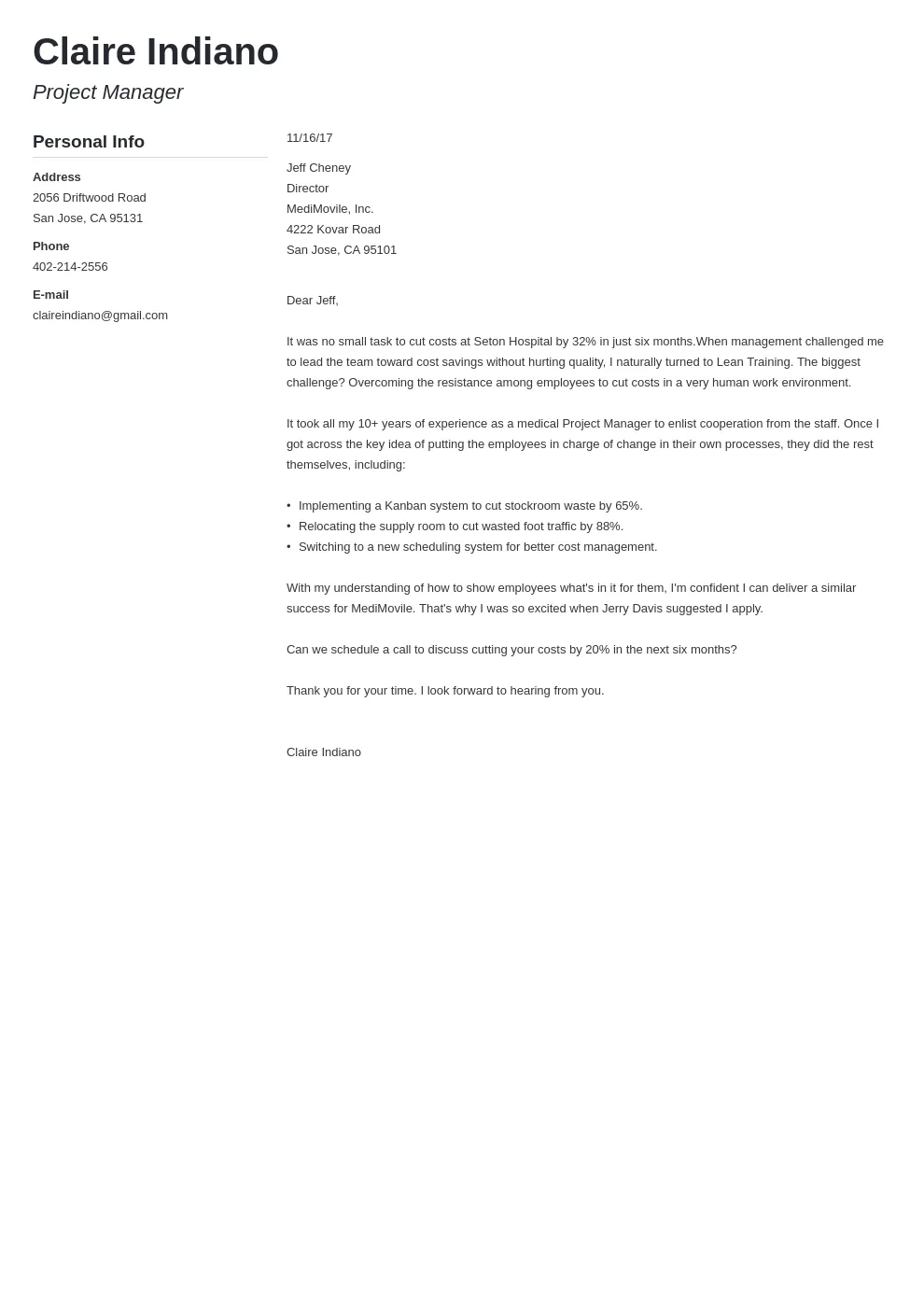
Whenever possible, address the hiring manager by name. This demonstrates that you have done your research and are genuinely interested in the opportunity. It adds a personal touch to your cover letter and shows that you have taken the time to understand who will be reading your application. If you can’t find the hiring manager’s name, try to find the name of the person in charge of hiring for the role. If you’re unable to find a specific name, a general greeting such as “Dear Hiring Team” or “Dear [Department] Hiring Manager” is acceptable. Avoid using generic greetings like “To Whom It May Concern,” as these can make your letter feel impersonal and less engaging. Always double-check the spelling of the hiring manager’s name and any other relevant details to show your attention to detail.
Highlighting Your Enthusiasm and Interest
Expressing your enthusiasm and interest is vital to a successful cover letter opening. Let the hiring manager know why you’re excited about the position and the company. Demonstrate your passion for the industry and the role. Showcase what resonates with you in the company’s mission, values, or culture. Avoid generic statements; provide specific reasons for your interest, such as a project you admire, a value that aligns with your own, or a specific aspect of the role. Show that you’ve done your research and understand the company’s needs. Use words like “eager,” “excited,” or “passionate” to convey your enthusiasm. This helps create a positive connection with the reader and increases the likelihood of your application being considered.
Showcasing Your Unique Value Proposition
In your cover letter opening, it’s essential to highlight your unique value proposition—what sets you apart from other candidates. Quickly convey the key skills, experiences, and accomplishments that align with the job requirements. Frame your value in terms of what you can offer the company, such as problem-solving skills, a unique approach to a challenge, or a specific set of technical skills. Focus on the benefits you bring to the employer, rather than simply listing your qualifications. Quantify your achievements whenever possible, providing concrete examples of your success. If you have a particular skill or experience that is in high demand, make sure to highlight it upfront. Tailor your value proposition to the specific job and company, ensuring your opening is directly relevant to the role and organization.
Customizing Your Cover Letter for Each Application
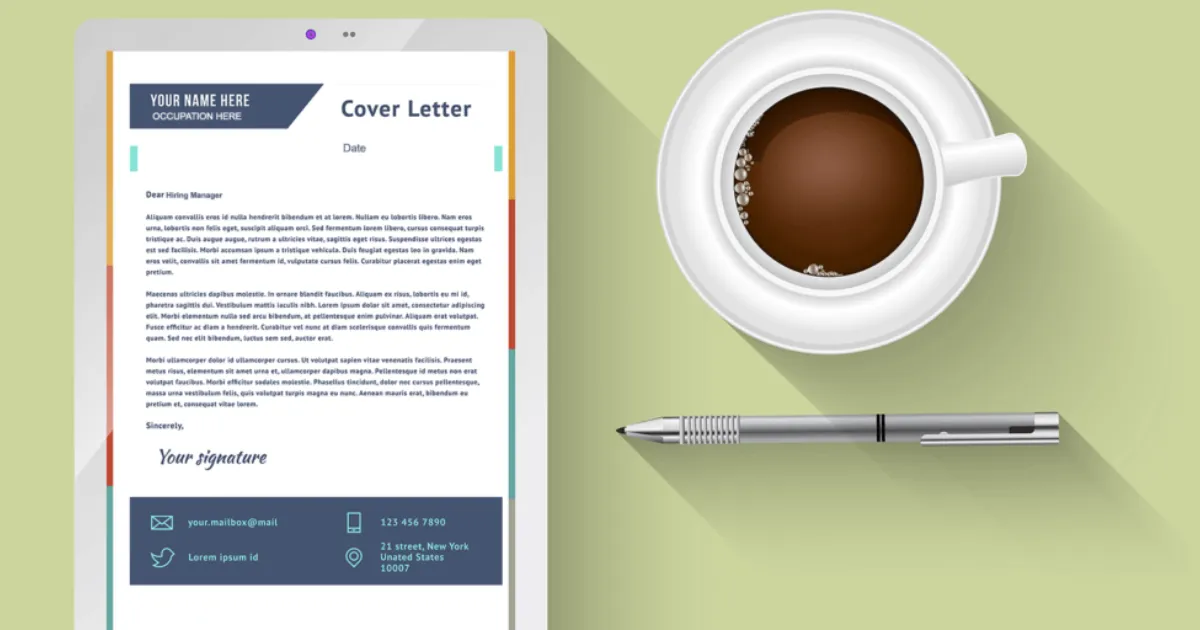
Customization is key to writing a cover letter that stands out. Generic cover letters that are sent to multiple employers are easy to spot and usually end up in the trash. Every job application deserves a personalized approach. The goal is to show that you are not just sending a mass application, but that you genuinely want this particular role. Customizing your cover letter shows that you have invested time and effort in understanding the job and the company. It demonstrates your genuine interest and attention to detail, which are highly valued by employers. Avoid using generic phrases or statements that could apply to any job. Take the time to modify your cover letter for each application by tailoring it to the specific job description, company culture, and hiring manager’s preferences. The more you customize your cover letter, the more effective it will be in getting you noticed.
Researching the Company and Role
Before writing your cover letter, thoroughly research the company and the role. This research will help you tailor your letter to the specific needs and values of the organization. Visit the company’s website and social media profiles to learn about their mission, values, and recent news. Carefully review the job description and identify the key requirements and qualifications. Understanding the company’s culture and goals will allow you to tailor your letter to align with their specific needs. Demonstrate this understanding in your cover letter by referencing specific projects, initiatives, or values that resonate with you. Your research should inform not only what you write but also how you present yourself. Be aware of any buzzwords or company-specific language, and use it in your letter to show you’ve done your homework.
Tailoring Your Letter to the Job Description
The job description is your roadmap for writing a successful cover letter. Carefully read the job description and identify the key skills, experiences, and qualifications the employer is seeking. Structure your letter to directly address these requirements, using the same language and keywords when appropriate. Provide specific examples of how your skills and experiences match the job’s needs. Highlight your accomplishments and quantify them whenever possible, using numbers and data to demonstrate your impact. Don’t simply list your skills; show how you have used them successfully in the past. Organize your cover letter to mirror the job description’s structure, if possible. This shows the employer that you have read the description carefully and that you are a good fit for the role. Make it easy for the hiring manager to see how your qualifications align with their needs.
Demonstrating Your Skills and Experience
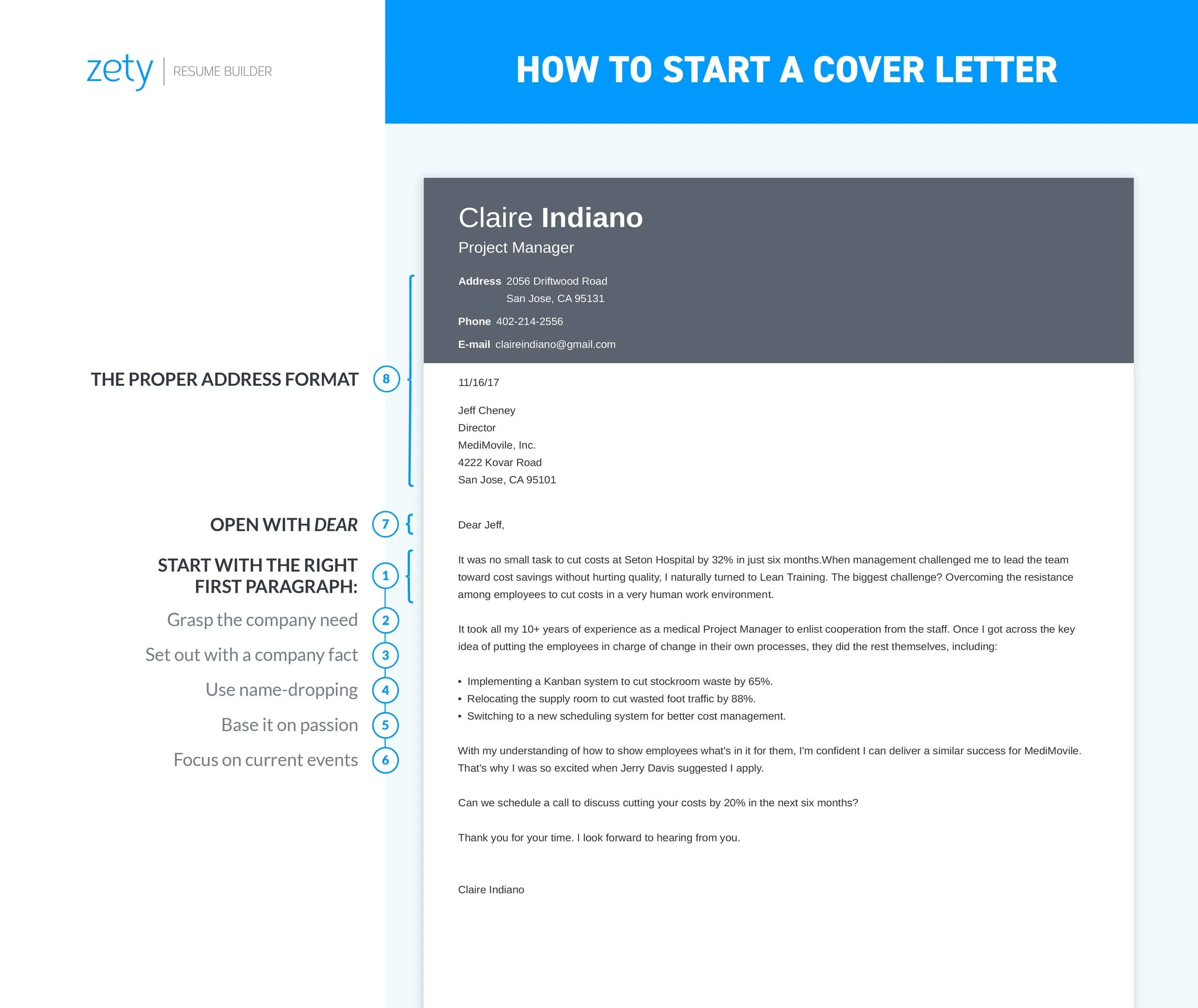
Your cover letter should provide specific examples to demonstrate your skills and experience. Don’t just list your qualifications; show how you’ve applied them in real-world situations. Use the STAR method (Situation, Task, Action, Result) to structure your examples and make them more compelling. Start by describing the situation, then explain the task you were assigned. Detail the actions you took to complete the task, and finally, describe the results you achieved. This method provides a clear and concise way to showcase your achievements. Quantify your accomplishments whenever possible, using numbers and data to demonstrate your impact. Tailor your examples to the specific requirements of the job. Highlight the skills and experiences that are most relevant to the role. Use action verbs to describe your contributions, and make your examples concise and easy to understand.
Structuring Your Cover Letter
A well-structured cover letter is easy to read and makes a positive impression on the hiring manager. The typical cover letter structure includes an opening, body paragraphs, and a closing. The opening grabs the reader’s attention and states the position you’re applying for. The body paragraphs expand on your qualifications, experiences, and achievements, providing specific examples to support your claims. The closing reiterates your interest in the position and calls for action. Each section of your cover letter has a specific purpose, and it’s important to organize them logically. Ensure that your letter flows smoothly from one section to the next. The structure should reflect the job description and make it easy for the hiring manager to quickly understand your qualifications.
The Body Paragraphs
The body paragraphs of your cover letter are where you showcase your skills, experience, and achievements in more detail. This is your opportunity to elaborate on the information in your resume and demonstrate how your qualifications align with the job requirements. Each body paragraph should focus on a specific skill or accomplishment. Provide specific examples to illustrate your points. Use the STAR method (Situation, Task, Action, Result) to structure your examples. Quantify your achievements whenever possible to demonstrate your impact. Tailor each body paragraph to the job description, emphasizing the skills and experiences that are most relevant. Avoid simply restating your resume; instead, provide context and depth. The body paragraphs should demonstrate your value to the company and persuade the hiring manager to offer you an interview.
The Closing Paragraph
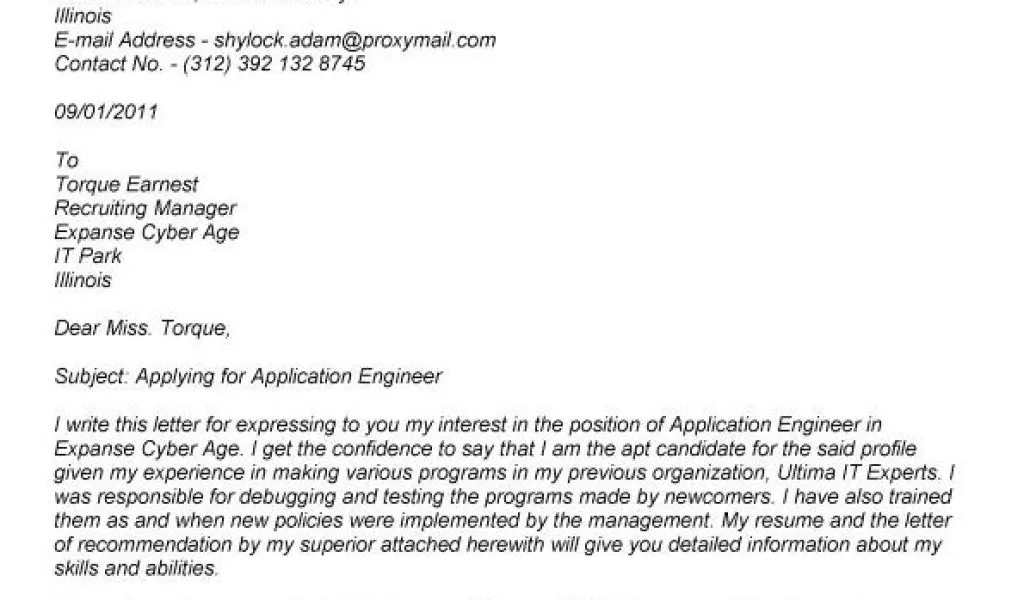
The closing paragraph is your final opportunity to leave a positive impression. Thank the hiring manager for their time and consideration. Reiterate your interest in the position and express your enthusiasm for the opportunity. State your availability for an interview. Include a call to action, such as encouraging the hiring manager to contact you. Avoid generic closing statements such as “Thank you for your time.” Instead, show that you have done your research and are genuinely excited about the role. Reiterate your value and how you can contribute to the company’s success. End with a professional closing, such as “Sincerely” or “Best regards,” followed by your name and contact information. Proofread the closing paragraph carefully to ensure it is error-free and conveys the right message.
Formatting and Design for Readability
Formatting and design play a crucial role in ensuring your cover letter is easy to read and makes a positive impression. Choose a professional and easy-to-read font, such as Times New Roman, Arial, or Calibri, with a font size between 10 and 12 points. Use single-spacing and include a blank line between paragraphs for better readability. Keep the margins at one inch on all sides. Make sure your cover letter fits on a single page, if possible. Use headings and bullet points to break up the text and make it easier to scan. Consider using a simple, clean layout that highlights your key qualifications and skills. Ensure that your cover letter is free of any distracting formatting errors. Professional formatting and design demonstrate your attention to detail and make a positive impression.
Proofreading and Editing Your Cover Letter
Proofreading and editing are crucial steps in the cover letter writing process. Carefully proofread your cover letter for any grammatical errors, spelling mistakes, and typos. These errors can undermine your credibility and make you appear unprofessional. Read your cover letter aloud to catch any awkward phrasing or sentence structure. Have a friend or family member proofread your letter as a fresh pair of eyes can often spot errors you might miss. Pay attention to punctuation, capitalization, and word choice. Ensure that your writing is clear, concise, and easy to understand. Before submitting, check the formatting to ensure it’s consistent throughout. Use grammar and spell-checking tools, but don’t rely on them entirely; always manually review your work. Proofreading is a critical final step in ensuring that your cover letter makes a positive impression and increases your chances of landing an interview.
Tools and Resources for Cover Letter Writing
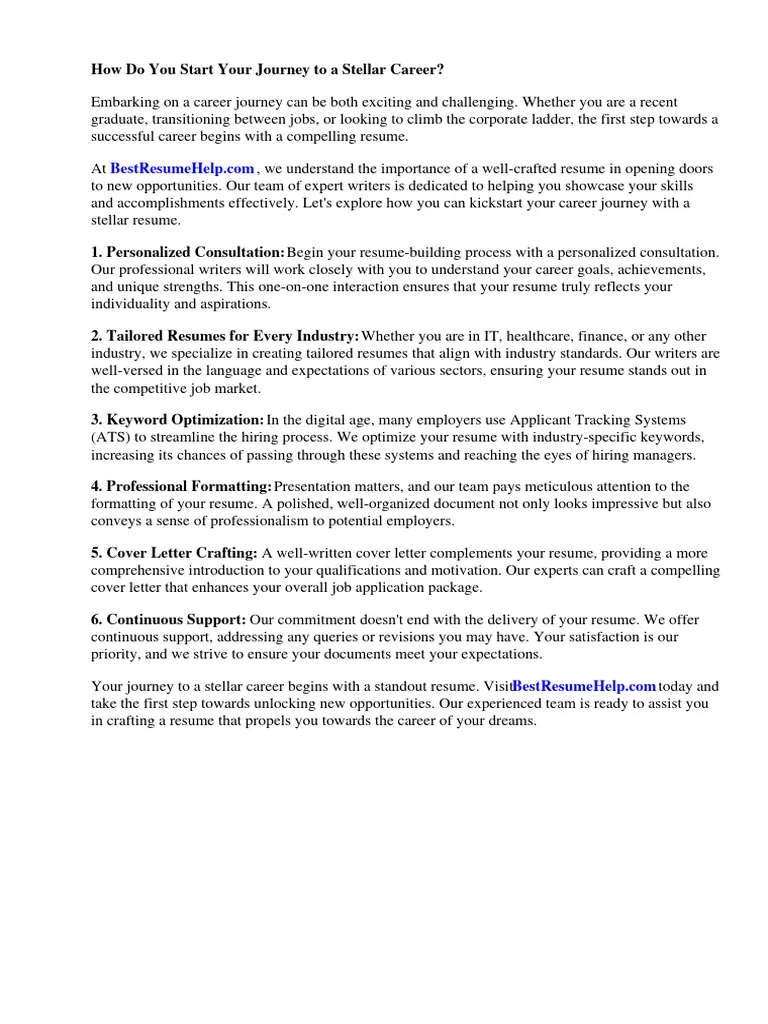
Several tools and resources can assist you in writing a compelling cover letter. Online cover letter templates offer a starting point and provide guidance on structure and content. Resume and cover letter builders streamline the writing process. Grammar and spell-checking tools, such as Grammarly, can help identify and correct errors. Career websites offer helpful articles and examples of successful cover letters. Seek feedback from career counselors or resume writing services for professional insights. Utilize online research tools, such as LinkedIn and company websites, to gather information about the company and the role. Practice your writing skills and continuously refine your cover letter writing skills.
In conclusion, a well-crafted cover letter is an essential component of a successful job application. By focusing on the key elements and following the strategies outlined above, you can create a cover letter that grabs the hiring manager’s attention and increases your chances of landing an interview. Remember to customize your letter for each application, highlight your unique value proposition, and proofread carefully. The effort you invest in your cover letter will pay dividends in your job search. By following these steps, you will be on your way to making a great first impression.
